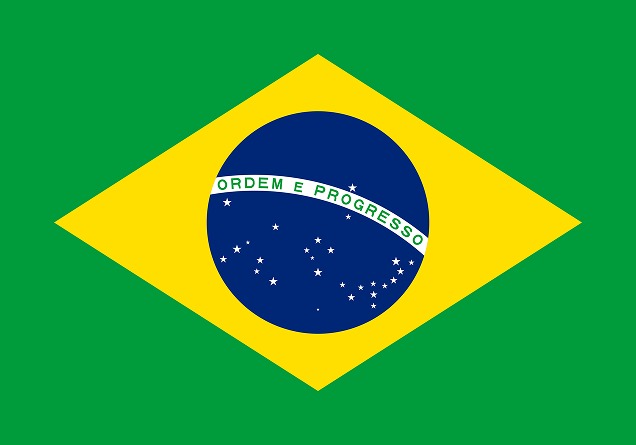No podemos encontrar internet
Intentando reconectar
¡Algo salió mal!
Espera mientras volvemos a la normalidad
Conservation

Since its foundation, Imazon has contributed to the creation of more than 25 million hectares of conservation units, and has authored several management plans for the sustainable use of these territories. In addition, the institute conducts scientific research and maintains field projects to support the creation of new protected areas and ensure that existing ones are preserved and used for conservation purposes and to improve the quality of life of their traditional peoples and communities.
One of Imazon’s first positive conservation outcomes was the use of a study published in partnership with the World Bank on the boom-bust dynamic, in 2000, which supported the creation of protected areas in the Amazon. In 2006, technical studies by Imazon also supported the creation of five conservation units in Northern Pará, totaling more than 13 million hectares. These are: the State Forests (Flotas) of Faro, Trombetas, and Paru; the Grão Pará Ecological Station (Esec); and the Maicuru Biological Reserve (Rebio). The institute also developed management plans for some of these territories and continues to operate in the region today through conservation and sustainable development projects, under the Protected Areas Program.
Also in 2006, Imazon’s research on forest policy and economics played a decisive role in shaping the new Public Forest Management Law of Brazil, which aims to promote the sustainable use of these areas.
In 2021, Imazon was one of the institutions that launched the Proteja Portal, the largest digital library on protected areas in Brazil. That same year, to raise awareness about the importance of the world’s largest block of protected forests, the institute launched the Map of Protected Areas in Northern Pará. In addition, the organization trained a new group of Community Environmental Agents (ACC) to help protect these territories, bringing the total to over 100 active volunteers in the region.
 PT
PT
 ES
ES
 EN
EN

